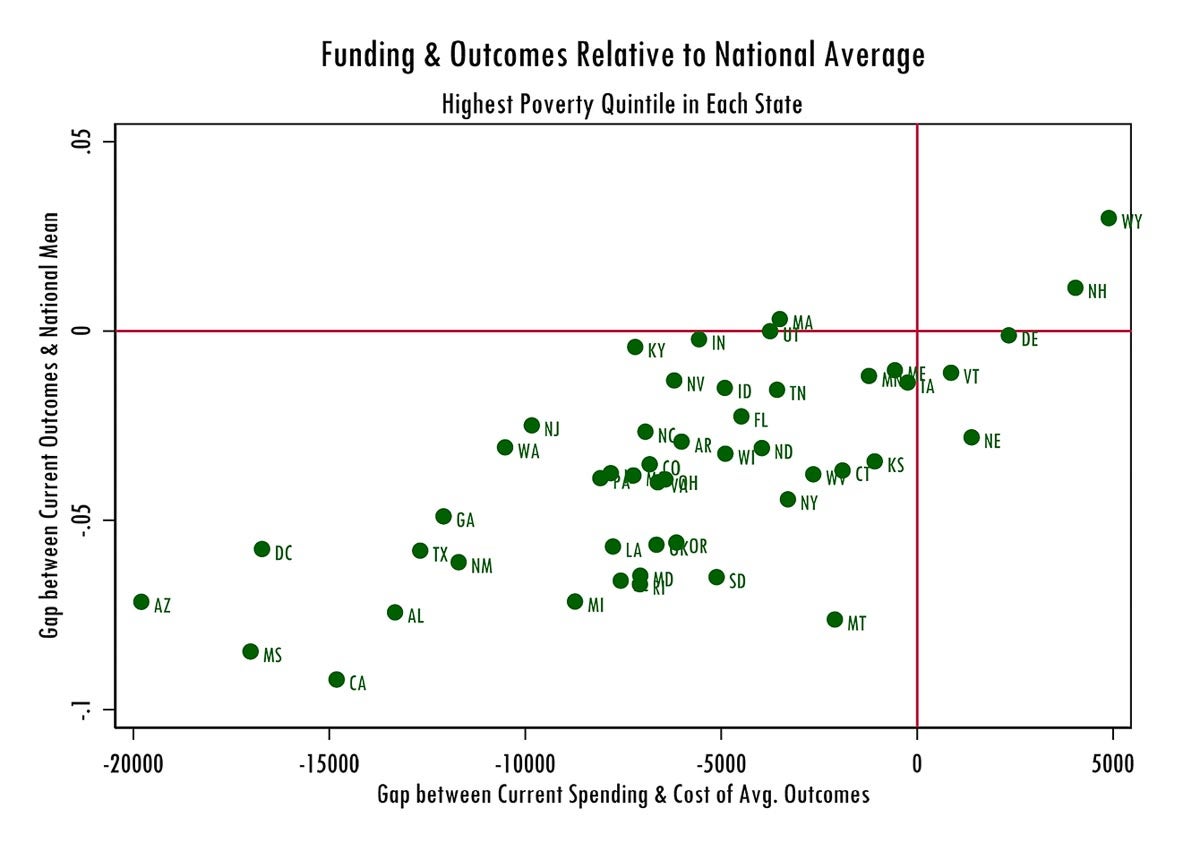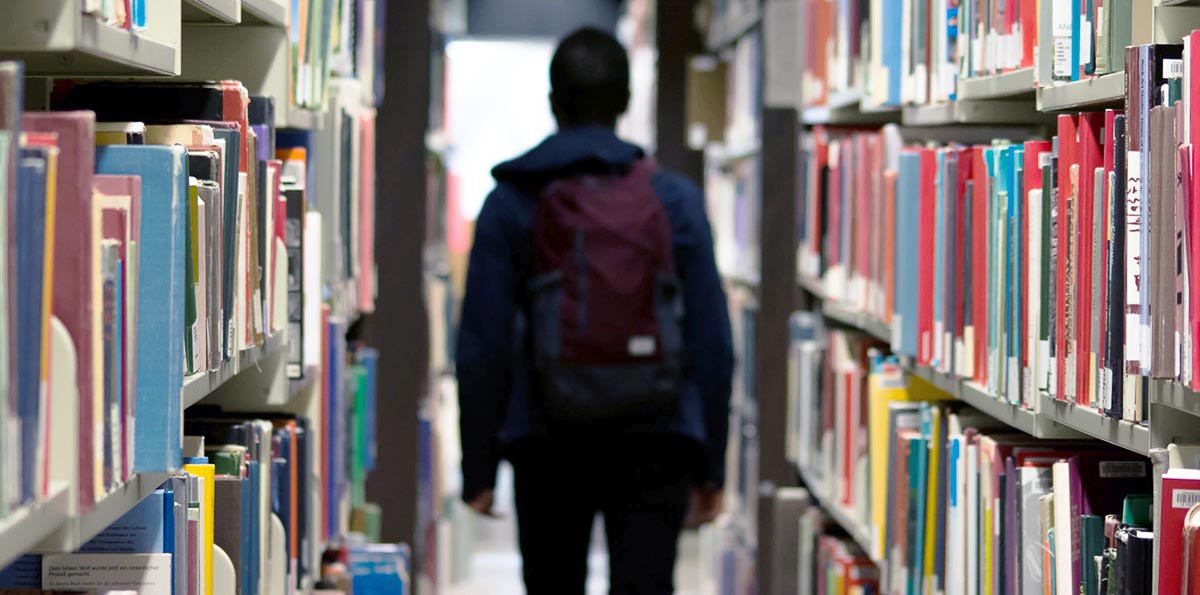Many agree that we need to work toward more educational equity, providing all students the resources they need to succeed, but the proposed strategies for doing so vary greatly.
On the one hand, a recent New York Times opinion piece suggests that we need to consolidate school districts and create fewer and less exclusive jurisdictions in order to reduce revenue disparities between more and less affluent districts. On the other hand, a National Review op-ed suggests that consolidating school districts in this way would unnecessarily transfer funds from more affluent districts to less affluent districts already receiving more funding in the form of state and federal subsidies that target poor and at-risk students.
So which approach is better for students?
Crucial questions are going unanswered
Resolving this debate depends on an important question that neither side addresses. How much does it actually cost to educate a child? And how much does that cost vary for poor and non-poor children?
Poor children often need additional resources to cover both academic and non-academic needs. If we’re meeting those costs, then improving equity doesn’t require increasing resources for poor children but rather improving the ways in which those resources are used. But if we’re not meeting those costs, or if we’re only meeting them for some students, then improving equity requires increasing resources for students in need.
Although states determine per-pupil spending — which varies greatly — that amount typically is not based on what it costs to educate children, partly because we didn’t have good cost estimates. But now we do. Researchers at Rutgers University developed a National Education Cost Model to estimate the cost of achieving national-average outcomes for poor students in each state. They also estimated the extent to which states spend more or less than is needed to reach this modest goal.
Funding gaps are large and varying
In most states, per-pupil spending falls below the levels needed to achieve national-average outcomes for their highest poverty students. In Texas, the gap between current per-pupil spending and the estimated cost of achieving national-average outcomes is -$348 for students in districts in the lowest poverty quintile, -$3,907 for those in the middle poverty quintile, and -$12,682 for those in the highest poverty quintile. In order to provide equitable resources in Texas, we need to increase per-pupil spending for our highest poverty students by $12,682 to get them to $21,578, or 2.4 times what is currently spent on these students, just to get them to national-average outcomes.
To some, increasing per-pupil spending by these amounts may seem excessive or unnecessary, but states that meet or exceed these estimated costs have much better student outcomes than those that don’t. In fact, states’ funding gaps are strongly correlated with gaps in student outcomes. Texas, which is in the lower-left quadrant, has a long way to go.

Texas is making progress but more is needed
Texas has taken some steps toward improving educational equity. Last November, the Texas Education Agency (TEA) set up a Compensatory Education Allotment Advisory Committee, as required by House Bill 3, tasked with establishing economic criteria to determine the allotment of funds for disadvantaged students. As a member of this committee, I know that they are trying to improve the ways in which disadvantaged students are identified and trying to improve equity in the allotment of funds. However, improving the allotment of funds should be paired with increasing the amount of funds. Consolidating school districts to reduce revenue disparities, as suggested by the New York Times opinion piece, may be worth further consideration.
Now, with the addition of this extended time away from school due to the coronavirus, increasing per-pupil spending for our highest poverty students is even more important. This is the time for Texas to step up and provide real support for students in need. The current economic challenges are enormous, but if we don’t provide students with the resources they need, our economic challenges will be even worse.

